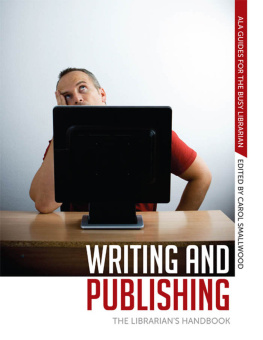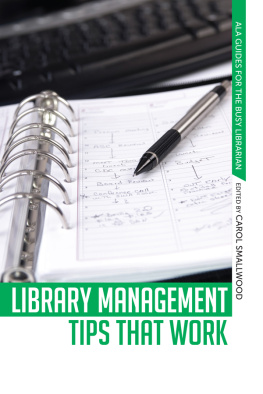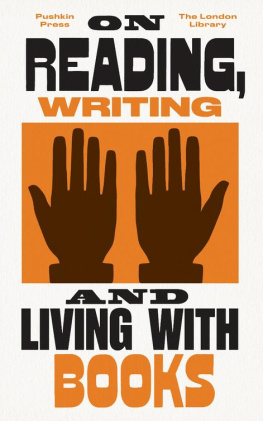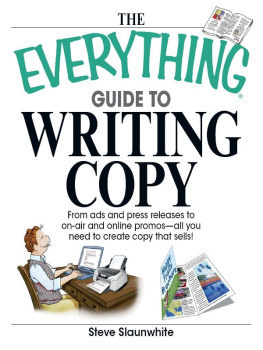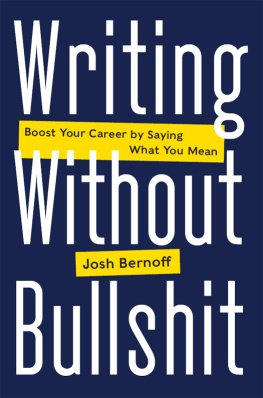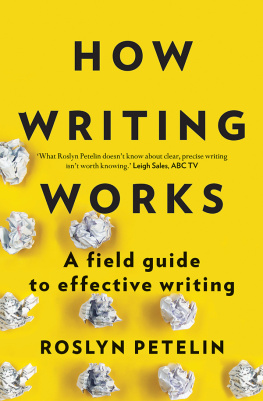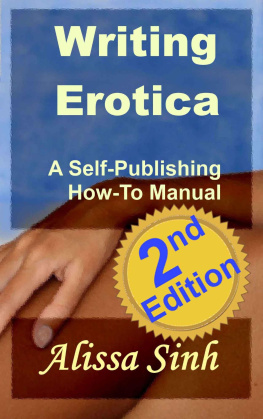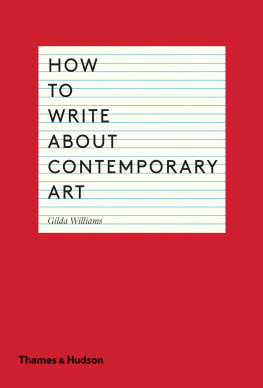WRITING AND PUBLISHING
ALA GUIDES FOR THE BUSY LIBRARIAN
Hiring, Training, and Supervising Library Shelvers, by Patricia Tunstall
WRITING AND PUBLISHING
THE LIBRARIANS HANDBOOK
EDITED BY CAROL SMALLWOOD
A MERICAN L IBRARY A SSOCIATION
C HICAGO 2010
Carol Smallwood received her MLS from Western Michigan University and her MA in history from Eastern Michigan University. She is the author or editor of eighteen books for Scarecrow, McFarland, Libraries Unlimited, Pudding House Publications, Peter Lang, and others. Some other credits include The Writers Chronicle, Journal of Formal Poetry, Detroit News, Instructor, English Journal, and Michigan Feminist Studies. The novel Lilys Odyssey, the coedited anthology Contemporary Women: Our Defining Passages, and a short story in Best New Prose Writing 2009 are forthcoming. A 2009 National Federation of State Poetry Societies Award Winner and a finalist for the 2009 Eric Hoffer Award for prose, Smallwood has experience in school, public, and special libraries and has served as a library consultant. She appears in Contemporary Authors and Whos Who in America.
While extensive effort has gone into ensuring the reliability of information appearing in this book, the publisher makes no warranty, express or implied, on the accuracy or reliability of the information, and does not assume and hereby disclaims any liability to any person for any loss or damage caused by errors or omissions in this publication.
The paper used in this publication meets the minimum requirements of American National Standard for Information SciencesPermanence of Paper for Printed Library Materials, ANSI Z39.48-1992. 
Library of Congress Cataloging-in-Publication Data
Writing and publishing : the librarians handbook / edited by Carol Smallwood.
p. cm. (ALA guides for the busy librarian)
Includes bibliographical references and index.
ISBN 978-0-8389-0996-6 (alk. paper)
1. Library scienceAuthorship. 2. Library science literaturePublishing. 3.
Authorship. I. Smallwood, Carol, 1939
Z669.7.W75 2010
808.06602dc22
2009025047
Copyright 2010 by the American Library Association. All rights reserved except those which may be granted by Sections 107 and 108 of the Copyright Revision Act of 1976.
ISBN-13: 978-0-8389-0996-6
Printed in the United States of America
14 13 12 11 10 5 4 3 2 1
CONTENTS
M ost libraries love to share with one another. Whether they offer reciprocal borrowing or interlibrary loans, it all comes down to sharing resources. This sharing, in effect, greatly enlarges a single librarys collection. What the library does not own, others do, and a patron can obtain a book from as close as the library one town over or as far away as a library in another country.
Likewise, librarians generally love to share ideas with their colleaguesan action that greatly enhances the professions knowledge base. At the local and regional levels, news travels quickly about a program that was particularly well received or well done, often through the grapevine and e-mail or at meetings of regional groups, such as an adult reading roundtable. More broadly, librarians present ideas that turned into terrific projects, procedures, or practices. They share these ideas in a number of ways, such as table talks, displays, and formal presentations at state and national conventions.
But it is the written word that likely is the most widely used way that librarians share their ideas. Some librarian-authors may have cut their teeth writing for their libraries newsletters. Others have written for the professional journals of various state groups, such as the Illinois Library Associations Reporter, or of national associations, such as the American Library Associations American Libraries. Librarians also contribute articles, columns, book reviews, and letters to Library Journal. And librarians write books or chapters in books about the professions myriad topics, including management, technology, intellectual freedom, and innovative services.
Being the creative and innovative people they are, librarian-writers may not necessarily limit themselves to writing about their profession. Many also write short stories, novels, and poetry, not only expanding their imaginations but also entertaining or edifying the reading public. This is another facet of librarians sharing their thoughts and ideas.
The book you have before you is a unique collection of articles by and about librarians whose work has been published in one form or another. Here, the writers talk about their writing processes, the thinking behind their works, and their feelings about sharing with others their experiences in the library and literary worlds.
I hope you enjoy the compilation and, in the nature of librarianship, that you share it with a colleague.
Bob Blanchard, adult services librarian, Des Plaines Public Library, and contributor to Illinois Library Association Reporter and Thinking outside the Book: Essays for Innovative Librarians (2008)
L ibrarians tend to be creative people, and what profession other than library and information sciences could be more encouraging for writers? We are surrounded by books, technology, and people, which provides the opportunity to write not only for the profession but also poetry, novels, short stories, and creative nonfiction for children and adults.
Writing and Publishing: The Librarians Handbook was prompted by a desire to acknowledge the many contributions by librarians who write and to encourage beginning librarian-writers. A great benefit from writing, as observed by the well-known writer Natalie Goldberg, whom one of my creative writing classes studies, is that when we write we begin to taste the texture of our own mind.
In compiling this book, we asked published librarians to submit two 1,900- to 2,100-word unpublished pieces to show their writing range, and we encouraged them to follow Gustave Flauberts advice in order to help readers: Whenever you can shorten a sentence, do. And one always can. The best sentence? The shortest.
Calls for submissions went to school, public, academic, and special librarians, as well as library and information sciences faculty from the United States and Canada who have been published in librarianship as well as outside the field. The ninety-two chapters are grouped by topic in the table of contents and indexed by subject and author. It has been a pleasure working with these forty-seven creative librarians who are willing to share their hard-won success.
PART I
WHY WRITE?
L ibrarianship is a second career for many librariansit was for me. Before attending library school, I was a price guide editor. I edited price guides that covered antiques, collectibles, and toys toys were what I spent most of my time on and what I knew best. The organizational and project management skills I learned as an editor have been invaluable to me as a librarian, but the most helpful has been learning how to write for a specific audience. Writing and editing for a specific audience mean that you have to identify that audience and understand their needs. And identifying that audience and knowing what they want and need tie directly into librarianship. As outreach and marketing become more important to libraries, knowing who our users are and how they use the library is becoming core to our mission.

